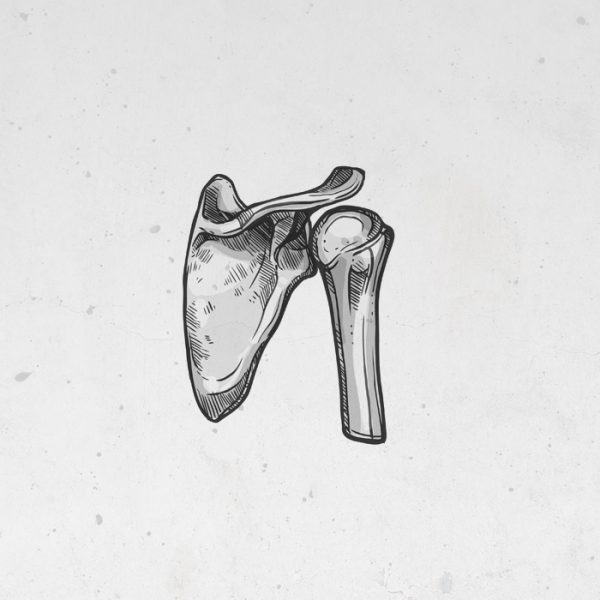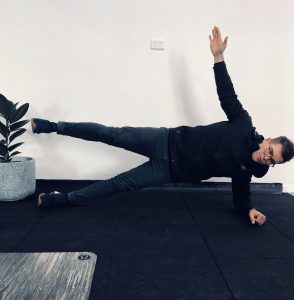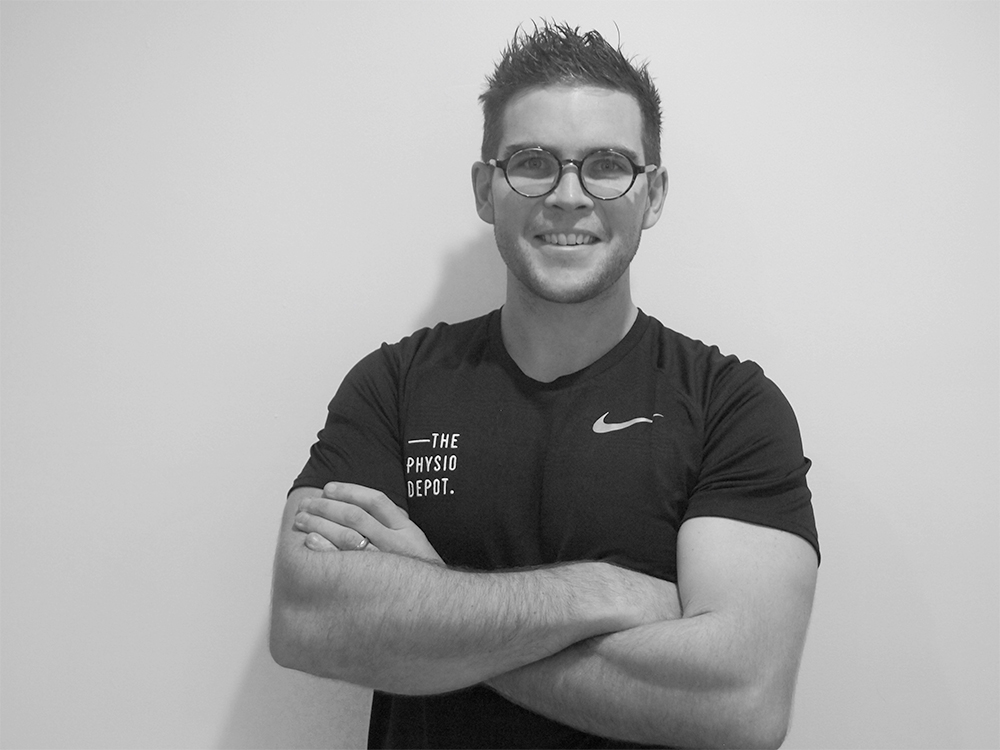Shoulder Bursitis
What is Shoulder Bursitis?
The bursa of the shoulder is a fluid filled sac that exists to reduce joint friction between the shoulder blade and the top of the arm bone. With good shoulder mechanics the bursa slides and glides within the shoulder and creates a perfect synergy.
In the diagram above we can see the bursa is enlarged due to swelling which can happen gradually over time or if the shoulder sustains a specific trauma. The problem now is the shoulder starts to wedge up against the inflamed bursa causing further pain, poor movement and bursitis.
The cycle begins….
–> POOR MOVEMENT OR SHOULDER INJURY
–>BURSITIS
–> PAIN
–> MORE POOR MOVEMENT
–> MORE BURSITIS
–> MORE PAIN
How do I know if I have shoulder bursitis?
- Pain in the shoulder, upper aspect of arm or bicep region.
- Pain with lifting arm above shoulder height.
- Pain reaching behind your back eg. Doing up belt, tucking shirt in or doing up a bra.
- Pain sleeping on that shoulder.
- Difficulty getting dressed or arm into a jacket.
- Pain that is sore through movement but disappears once you reach the top of the movement.
This is referred to as a painful arc.
How long does it take go away?
- There is no quick fix for shoulder bursitis.
- Clinically it can take up for 4-6 weeks for an initial improvement of inflammatory symptoms,
- Full recovery will take up 12 weeks.
- To treat this condition well you need to re-train how the shoulder is behaving which causes the ‘bursitis’ in the first place.
- We look at the bursitis not as the condition but the symptom of a grumpy shoulder.
Will a cortisone injection help shoulder bursitis?
- In SOME cases a cortisone injection is necessary to provide a rapid change to one’s symptoms in order for them to do the rehab well.
- Without some form of active rehabilitation a cortisone injection can be a short lived exercise, with pain often returning upon the resumption of normal activity.
How can Physio help shoulder pain?
- You need to settle down the initial inflammation using a variety of methods.
– Massage & release work
– Dry needling
– Taping
– Anti-inflammatory medication
– Education regarding: Ergonomics, sleep position, postures and exercise modification - Exercise therapy is key to a long term solution.
– Organising shoulder mechanics and re-training muscle function.
– Mobility exercises targeting muscle tightness and imbalance around the shoulder girdle.
– Gradual overload of muscle system back into a regular strengthening routine. - Designing a shoulder friendly gym or home program to work on
We love treating all types of shoulder injuries at The Depot and you are in good hands with all our experienced staff members!
Any questions about an injury shoot us an email or give us a call on (02) 4751 9127
Need an appointment –> BOOK HERE!
Written by Patrick Lincoln
(Physiotherapist)







